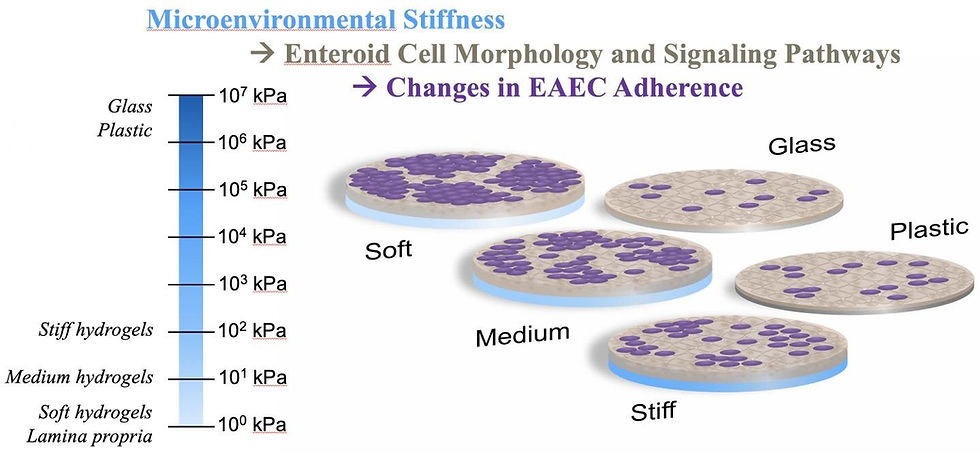New drug delivery system could reduce daily diabetes injections to three a year
- owenhaskins
- Nov 20, 2023
- 3 min read
Materials engineers at Stanford University have developed a novel hydrogel drug delivery system that transforms daily or weekly injections of diabetes and weight control drugs like Ozempic, Mounjaro, Trulicity, Victoza, and others to just once every four months. The researchers believe that such a system will greatly improve the management of both diabetes and weight, improve patient drug compliance, and help those with type 2 diabetes improve long-term health outcomes.

These drugs all work by mimicking the hormone glucagon-like peptide 1 (GLP-1). But, as good as they are at helping people manage their diets and their weight, the typical daily or weekly injections are a burden for many patients.
"Adherence is one of the biggest challenges in type 2 diabetes management," said Eric Appel, associate professor of materials science and engineering at Stanford and principal investigator on the new hydrogel that allows the slow release of the diet control drugs over many months. "Needing only three shots a year would make it much easier for people with diabetes or obesity to stick with their drug regimens."
The secret of the hydrogel is in the unique physical characteristics of the nanoparticles at its heart. Hydrogels are not new - many people today wear contact lenses made of hydrogels, for instance - but these are engineered to resist tearing and to hold their shape. Appel's hydrogel is instead engineered with polymers and nanoparticles that are weakly bound to one another so as to hold together as a gel yet dissipate slowly over time.
The hydrogel is formed from a mesh of polymer chains and nanoparticles that hold the drug molecules until the mesh dissolves away, releasing the drugs.
"Our hydrogel melts away over many months like a sugar cube dissolving in water, molecule by molecule," Appel explained. "I often refer to the mesh being held together by a sort of molecular Velcro that sticks together quite well but then can be easily pulled apart."
The new hydrogel, technically known as a polymer-nanoparticle (PNP) hydrogel, has a Goldilocks "just right" quality of fluidlike flow that can be easily injected using off-the-shelf needles, yet a gel-like stability durable enough in the body to last the full four-month period. Molecules of the GLP-1 drugs are formulated into the hydrogel and are similarly doled out over time as the hydrogel slowly melts away.
The physician injects a small dollop of gel, known as a "depot," of the drug-laden hydrogel under the skin in a convenient location, such as under the arm. The key for the engineer is to design the hydrogel in such a way as to make this depot small enough to be comfortable and inconspicuous to the patient yet large enough and durable enough to last the full four months. Appel believes his team has achieved that measure of control.
"We chose four months to match the cadence that people actually meet with their physician or endocrinologist and why we were so specific with the release period," Appel said.
So far, the team has tested the new drug delivery system in laboratory rats with high success. In rats, a single injection of this hydrogel-based therapy improves the management of blood glucose and weight compared to daily injections of a leading commercial drug, Appel noted.
While this particular hydrogel was engineered specifically for the GLP-1 four-month checkup regimen, Appel said that the team has successfully tuned the release timeframes to anywhere from days to upward of six months. He adds that such systems have been used with other proteins, vaccines, and even therapeutic cells, and there is evidence that GLP-1 drugs can also reduce the risk of cardiovascular disease. All these signs point to the promising possibility that this drug delivery system can be applied to other drugs and other conditions.
"There's even been really promising results with children with type 1 diabetes," Appel said of the promise ahead.
Next up will be tests in pigs, whose skin and endocrine systems are most similar to those in humans. If those trials go according to plan, Appel could see human clinical trials within a year and a half to two years.
"At the very least, we have laid a pathway for the prolonged release of therapeutic GLP-1–based anti-diabetic and anti-obesity treatments that could have a beneficial impact on type 2 diabetes management and, perhaps, other conditions as well," Appel said.
The findings were reported in the paper, Use of a biomimetic hydrogel depot technology for sustained delivery of GLP-1 receptor agonists reduces burden of diabetes management', published in Cell Reports Medicine.
To access this paper, please click here






Comments